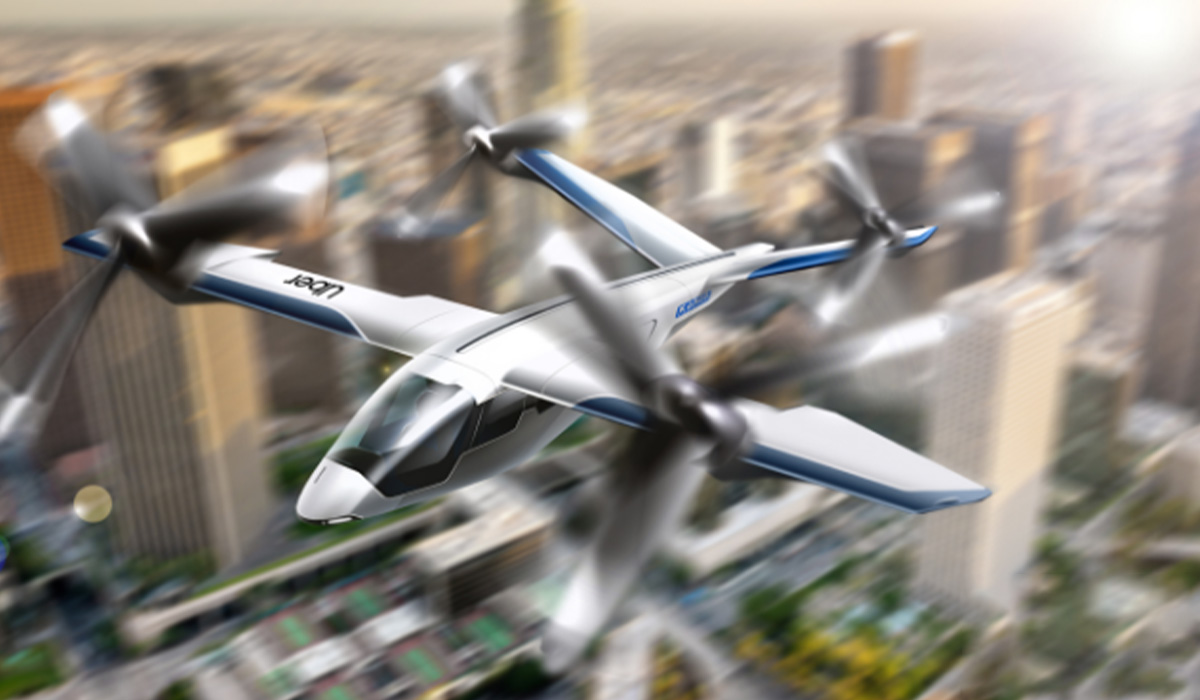The Launch of Flying Cars
Sure, Colorado’s hovercraft test center crashed on the financial runway before the first flight. But that doesn’t mean the Jetsons life of our dreams – since Saturday morning cartoons didn’t involve kids of our own – will never happen in our era! And we, however begrudgingly, now have Uber to thank for it. With baby steps using the regular helicopters of old, Uber Copter begins service in New York City on July 9. This exclusive taxi service cuts the hour-plus commute from NYC to JFK down to a mere eight minutes, thirty max, and does so at a rate of $200-250 per person. If you’ve ever rushed from the city to the airport in a taxi, you know that’s not far off the mark. If you’re a high-falutin Uber Black patron, you’re already paying $200 as it is.
Flying in Dallas next, these copter services will be booked through the app just like a trip to the bar. You’ll get an email with the boarding pass, a chauffeured escort to the local launch pad, and you and your four closest jet-set pals are off to the races. Just travel light, because anything larger than a carry-on will cost extra. But wait! There’s more! Before Uber Copter was a mere twinkle in its mother’s eye, the birthers of rideshare had already begun the gestation period for Uber Elevate and Uber Air. Finally, our flying cars have arrived. The idea is a full scale drone-like vehicle with vertical take-off and landing capabilities and a plush, luxurious interior. These pups will hop from “skyport to skyport,” according to the company’s website, and take a two-hour trip from San Fran to San Jose in 15 minutes.
The skyports, Uber boasts, were the brain children of “the top names in architecture, design, and engineering,” and they had better be since they are multi-acre concepts that must somehow fit in the densest sectors of the country. The key is convenience: The launchpad locations can’t require an additional 30-minute ride for boarding alone. With the goal of these ports-of-app having capacity for up to 1,000 landings daily, you’d need the best minds in the biz and a health body of local lobbyists before breaking ground. You may ask may be asking yourself – as the space nerd inside me did – who would trust such a venture if the folks who put men on the moon weren’t also on board. Not to worry, Uber has your back.
They actually recruited a former NASA engineer to develop the technology based on his 32 years catapulting things into space. The literal rocket scientist and his team even took into account things like design simplicity and noise footprint, which is vital for those local government stick-in-the-muds they will assuredly meet in the city-council prize fight ring. And for those tree-hugging hippies who believe the hoax of climate change is a real thing, scientists and engineers from Silicon Valley, MIT, Brazil, and even Slovenia have been a part of developing as much of an electric-based, gas-free program as their techie brains can dream. So when do we get our first non-virtual-reality experience of full on Jetson life? Pretty darn soon! Demo flights are projected for next year! And the full rollout is set to begin in 2023 in L.A. and Dallas-Fort Worth. I don’t know about you, but an 8-minute hop to DIA, or a hover-flight over the I-25 gridlock at any hour, sounds amazing! Sign us all up… after our first lottery win, right?

